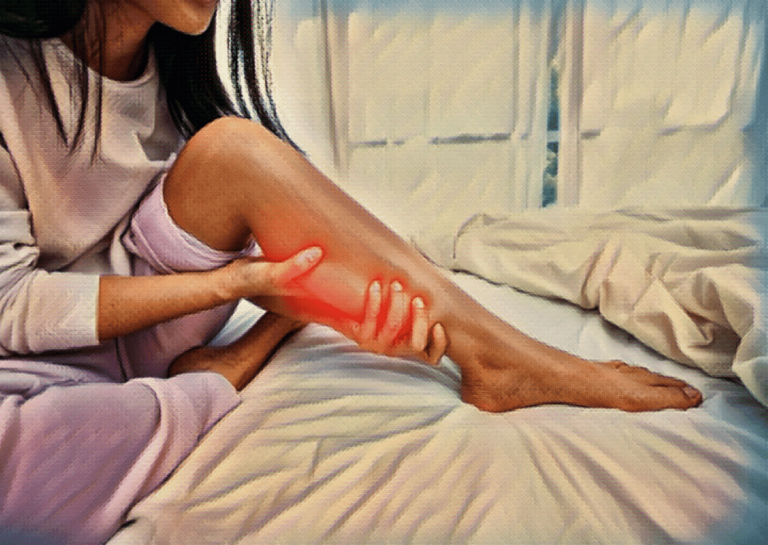Sometimes children may come to you and complain about having an aching or throbbing feeling. You may remember this feeling from when you were younger and couldn’t sleep due to random pain in your muscles. This is often referred to as growing pains. In this article, we are going to give you everything you need to know about growing pains, and how to help your kids when they experience this pain.
While there is no clear definition of growing pains, generally the term describes muscle pain or limb pain in the legs and felt on both sides. According to pediatrician Taheera Ramji, growing pain usually affects kids between the ages of 3 and 12 years old and up to 40% of kids experience them at some point. She says the word ‘growing’ is a bit misleading because “There isn’t any evidence these pains are related to a growth spurt, and the growth patterns of kids who experience them aren’t any different from those who don’t.”
Growing pains are more common later in the afternoon or evening and can wake kids up from sleep, but should be gone by the morning. When your child comes to you at night and cannot sleep due to these pains, there are things you can do to relieve the pain and even prevent it. Parents can try massaging their child’s legs. You can also treat sore or achy spots with heating pads. Some other preventive things to try include a warm bath before bed with Epsom salts or stretches before bed.
If you have looked online for ways to relieve growing pains, you may have come across claims of bananas or potassium supplements. Although the potassium in bananas could help with some types of muscle cramps, there is no known connection between diet and growing pains, says Ramji. So, no need to run out and load up on bananas. Several studies done at the University of Verona, suggest that lower bone density may contribute to the development of growing pains. Supplementation with vitamin D in children with low levels was found to significantly reduce pain in two studies.
There is nothing wrong with responding to when your child wakes up or has a hard time sleeping with these pains. But if it happens frequently and disrupts the entire family’s sleep, there are things your child can do on their own to cope. You should empower your school-aged children to help themselves. Some coping tools you can establish ahead of time include teaching your child stretches to do on their own, how to massage their legs, and keeping some stuffed animals close by to use as a distraction.
Growing pains are quite uncomfortable and the pain may cause parents to worry. Growing pains are normal and will typically stop by the age of 12 or 13. But if the pain is consistently affecting one leg or if there has been a recent injury, you should consult a doctor. Other signs worth paying attention to are limping, redness, swelling, bruising, rashes, fever, or pain that persists the next day.
What distinguishes growing pains and more serious injury is that growing pains are usually gone by the morning and should not affect a child’s activity levels. Symptom-free periods of days, weeks, or months may occur between episodes, unlike specific injuries.

